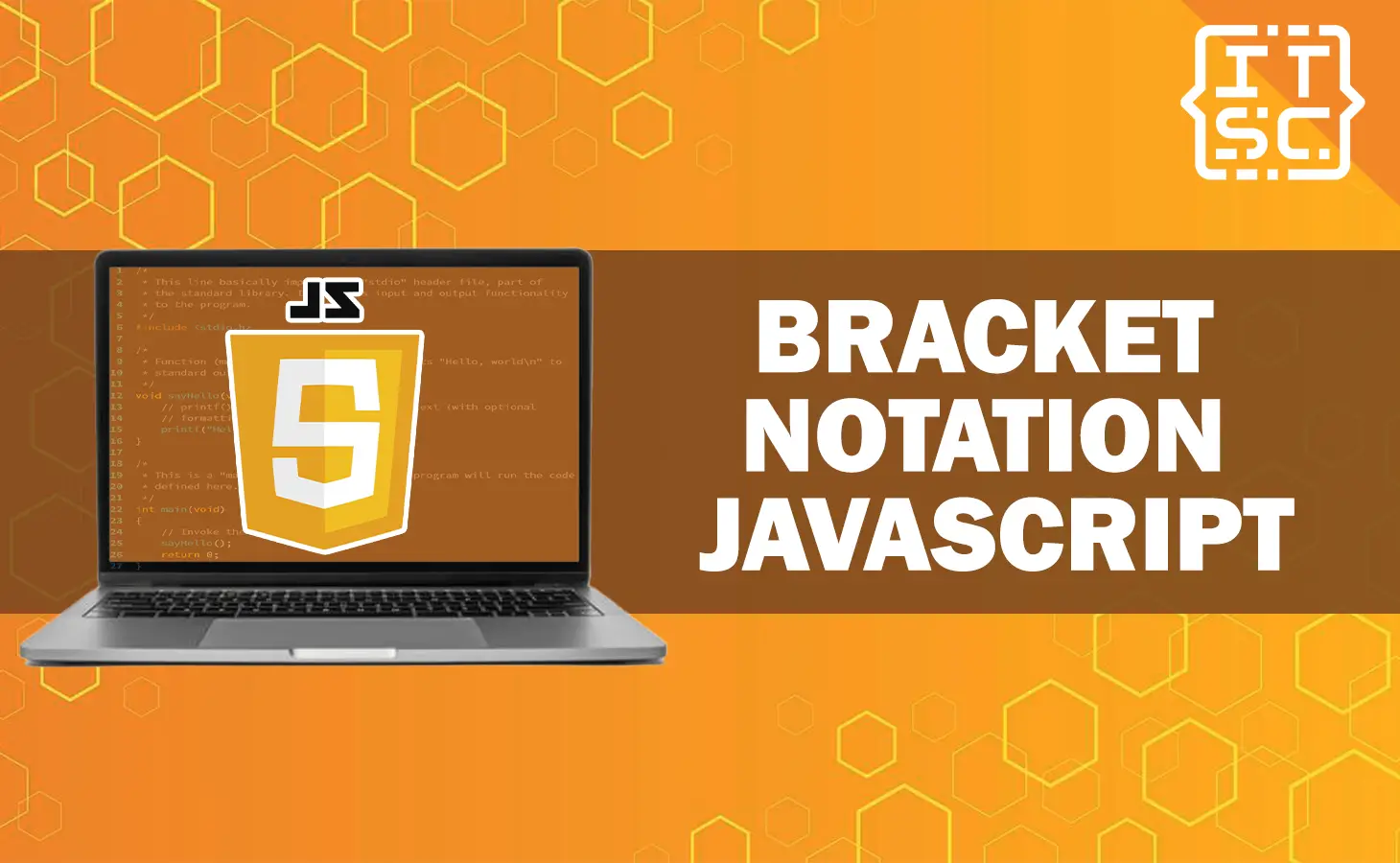In this article, we will discuss into bracket notation JavaScript and explore its distinction, applications, and advantages.
One of the essential key features is “Bracket Notation“, a method to access object properties constantly.
Understanding the JavaScript Bracket Notation
Bracket notation in JavaScript is a structure to access object properties using square brackets [ ].
Unlike dot notation, which depends on a fixed property name, bracket notation enables you to use dynamic and variable property names.
It opens up new possibilities, specially when handling with data structures or processing user inputs.
Syntax
const person = {
name: "Glenn Mendoza",
age: 36,
};
const value = "name";
const result = person[value];
console.log(result);
In this example, we use bracket notation to access the name property of the person object. The property variable stores the property name, allowing us to access it constantly.
The Power of Dynamic Property Access
Bracket notation JavaScript is especially valuable when dealing with situations where property names are not known in advance or vary at runtime.
Here are the following:
- User Input Processing
- Dynamic Data Structures
- Computed Properties
- Iterating Through Object Properties
Common Mistakes and Best Practices
While bracket notation JavaScript is powerful, it comes with some considerations and best practices to assure smooth and error-free code:
Handle Nonexistent Properties
When using bracket notation, be vigilant about accessing properties that do not exist in an object. Doing so will return undefined.
You can use the optional chaining operator (?.) to handle such situations carefully.
Example code:
const people = {
name: "Bautista",
};
const sample = "age";
const result = people[sample]?.toString() ?? "Property not found";
console.log(result);
Use Quotes for Dynamic Keys
When accessing properties with bracket notation, you must insert the dynamic key in quotes. It is necessary to differentiate between variable names and property names:
Example code:
const person = {
name: "Joey",
};
const propertySample = "name";
const valueSample = person[propertySample];
console.log(valueSample);
const incorrectPropertySample = name;
const result = person[incorrectPropertySample];
console.log(result);
Avoid Using Reserved Words as Property Names
Bracket notation enables you to use any valid string as a property name. However, avoid using JavaScript reserved words to avoid conflicts and assure better code readability.
Practical Applications of Bracket Notation JavaScript
Now that we understand the fundamentals and best practices, let’s discuss some practical applications of bracket notation in JavaScript.
Form Validation
When validating user input from HTML forms, bracket notation enables you to access form elements constantly based on their name attributes.
This method shorten data handling and validation processes.
Index.html
<form>
<input type="text" name="username" />
<input type="email" name="email" />
<input type="password" name="password" />
</form>
index.js
const formData = new FormData(document.querySelector("form"));
const userInput = {};
for (const [key, value] of formData.entries()) {
userInput[key] = value;
}
console.log(userInput);
Data Manipulation
Bracket notation is valuable when working with complicated data structures like nested objects or arrays.
It allows you to access and change data dynamically, facilitating data transformations and computations.
const person = {
username1: {
name: "Greg",
age: 29,
},
username2: {
name: "Jori",
age: 35,
},
};
const usernameId = "username1";
const usernameAge = person[usernameId]?.age ?? "User not found";
console.log(usernameAge);
Output:
29JSON Parsing
When handling with JSON data, bracket notation enables you to access nested properties with satisfaction. This is specially useful when consuming data from APIs.
const jsonDataValue = '{"user": {"name": "Rodrigo", "age": 26}}';
const parsedDataValue = JSON.parse(jsonDataValue);
const propertySample = "name";
const result = parsedDataValue.user[propertySample];
console.log(result);
Output:
RodrigoFAQs
Yes, you can use bracket notation to access array elements by their index. In arrays, the index acts as the key to access the corresponding value.
Bracket notation may be marginally slower due to additional parsing involved, but the different is usually unimportant in modern JavaScript engines.
Yes, you can use bracket notation inside arrow functions just like regular functions. It follows the same syntax rules and behaves similarly.
Conclusion
Bracket notation JavaScript is a fundamental concept every JavaScript developer need to master. Its ability to access object properties constantly opens up a world of possibilities in coding.
From processing user inputs to manipulating complicated data structures, bracket notation proves its value time and again.
By understanding its best practices and applications, you can approximately improved your coding efficiency and produce more flexible and powerful JavaScript applications.

